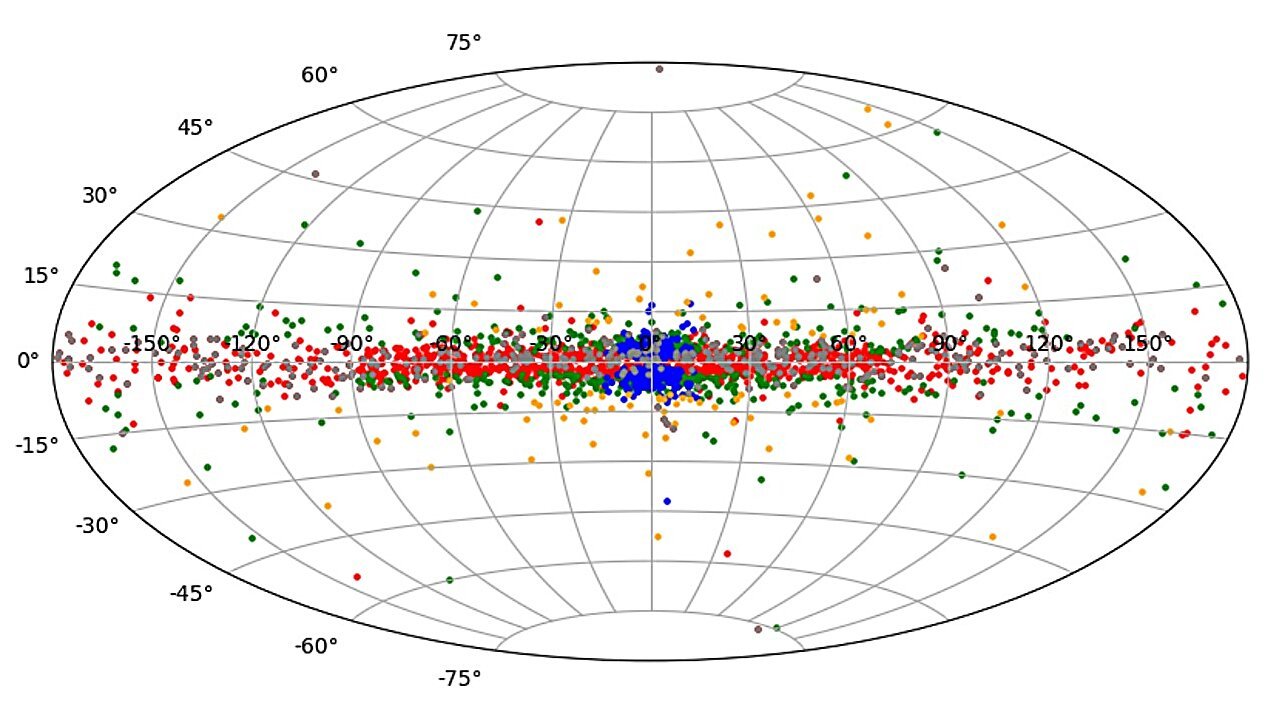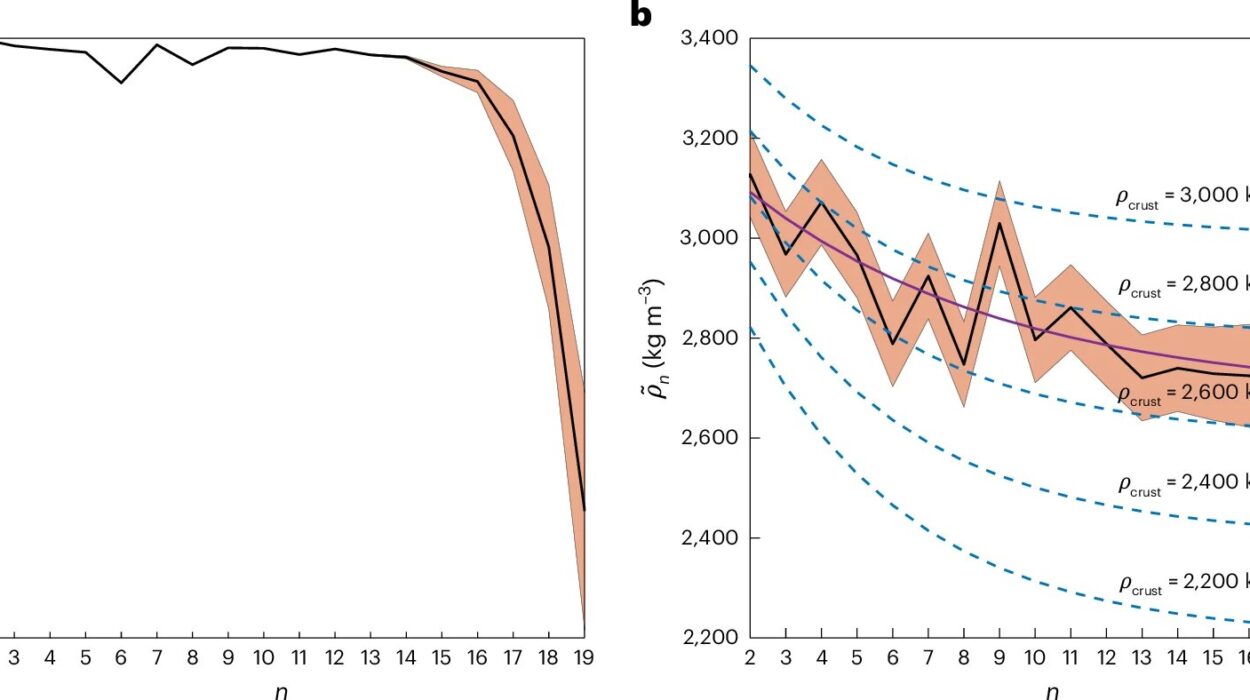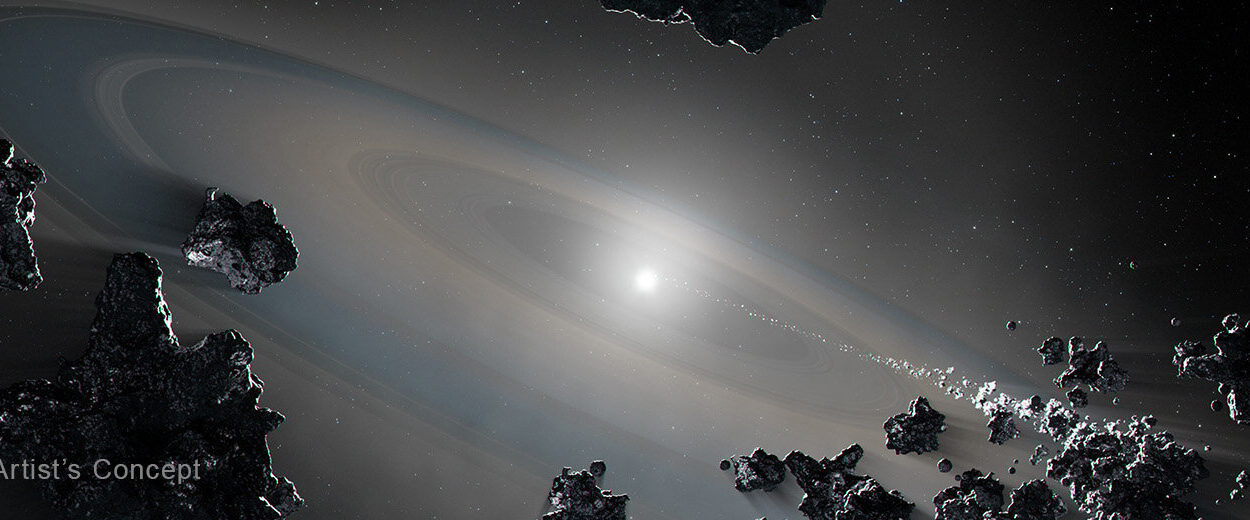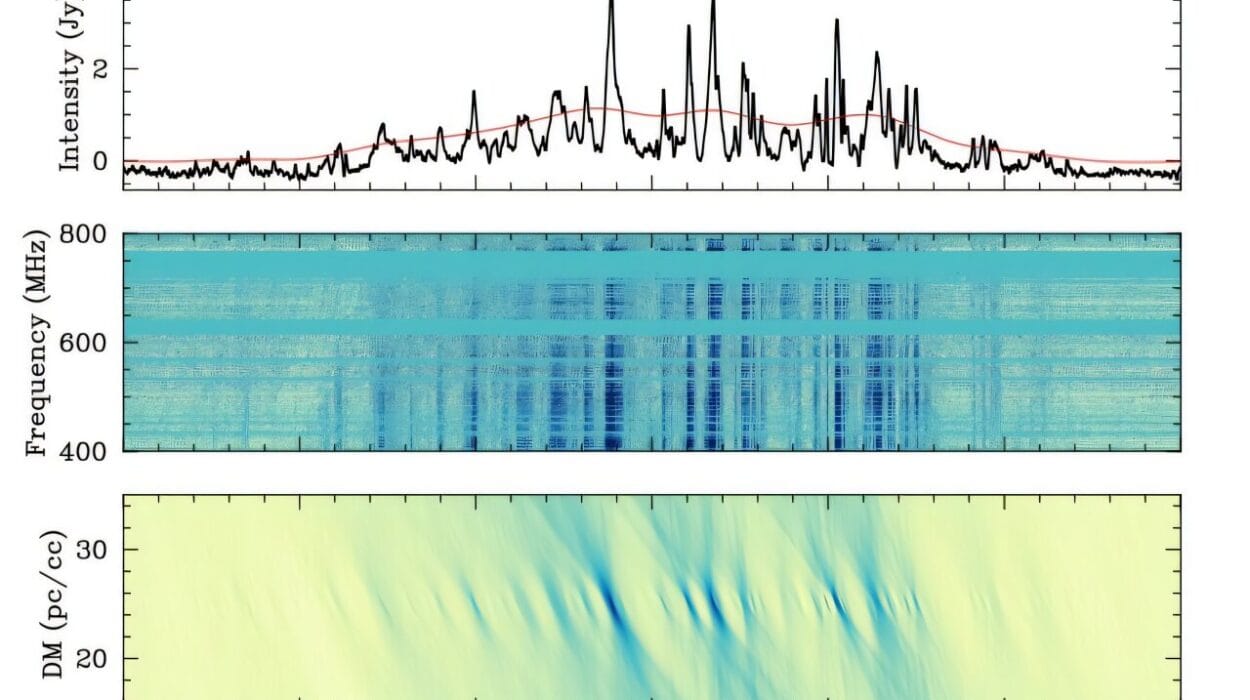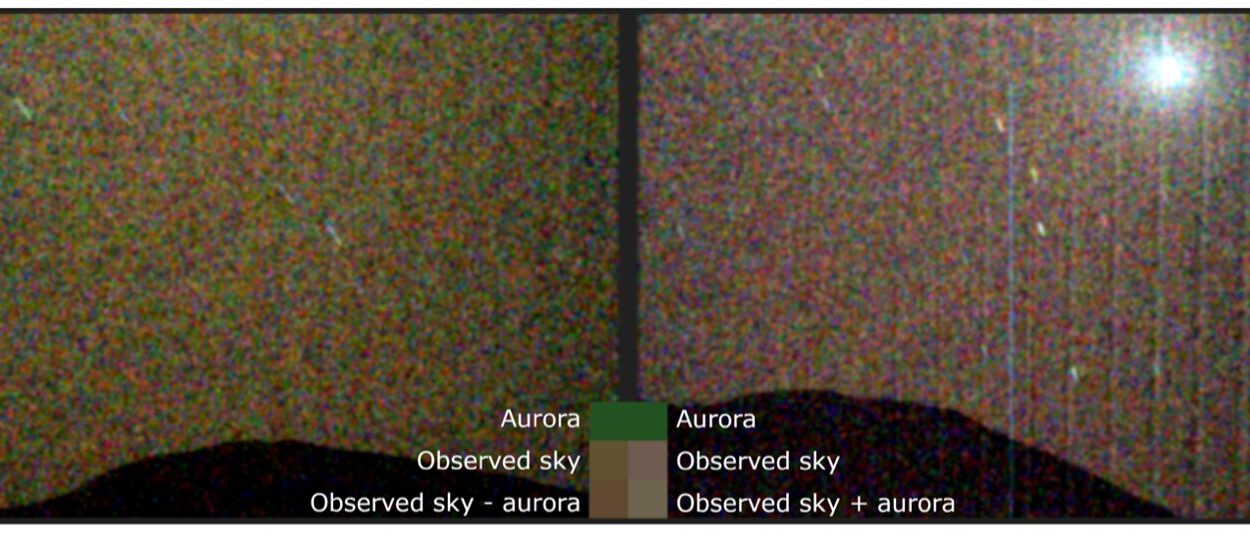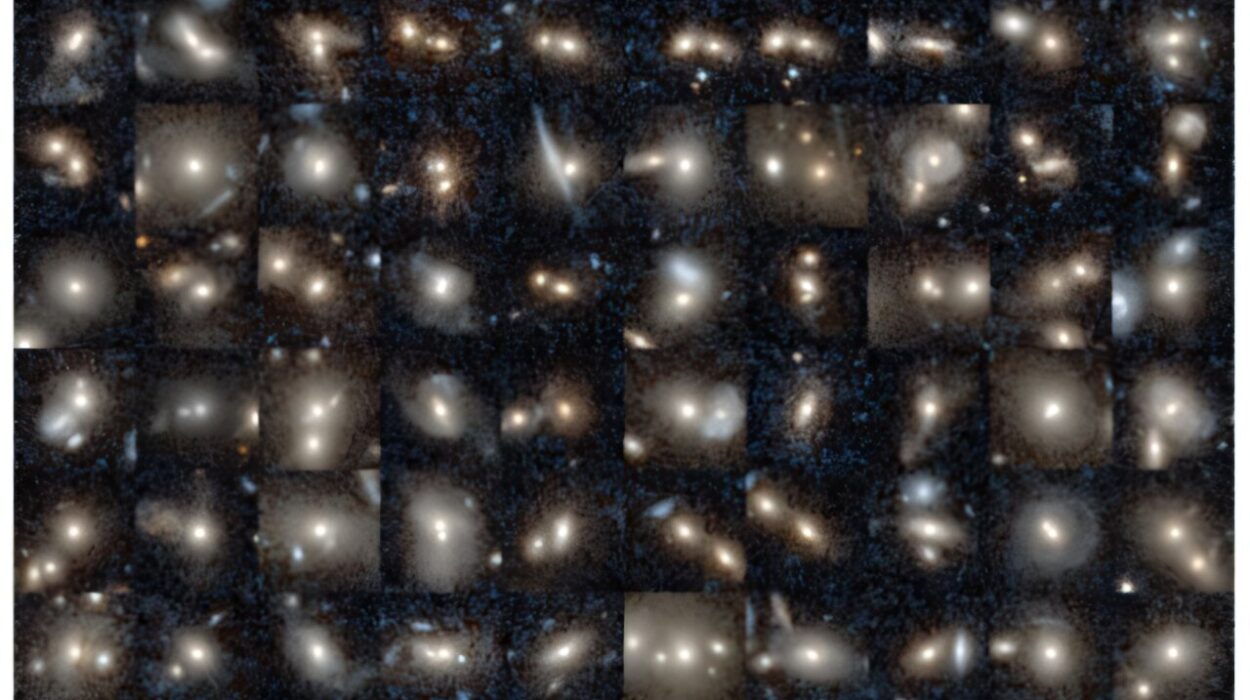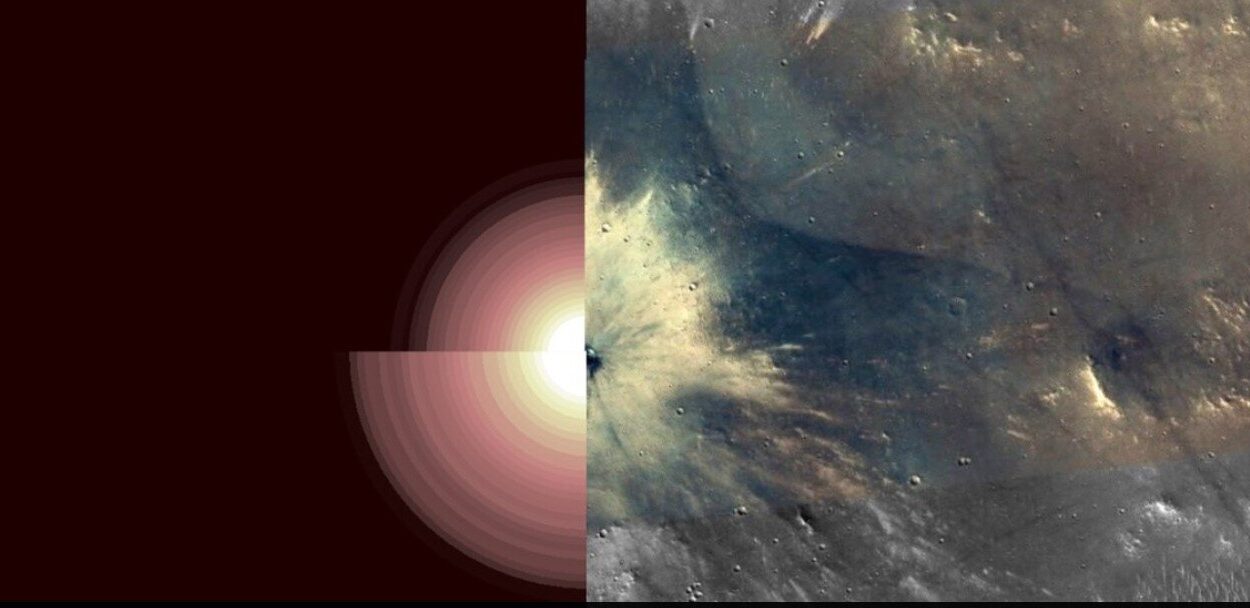When a star nears the end of its life, it does not simply fade into darkness. Instead, it performs one final act of breathtaking beauty—shedding its outer layers into space and illuminating them with ghostly light. These glowing remnants, known as planetary nebulae, are among the most exquisite structures in the cosmos. Like cosmic butterflies, they mark the transformation of a dying star into something new, enriching the galaxy with the very elements that will one day form new stars, planets, and even life itself.
Recently, a team of astronomers led by Nurullah Erzincan of Çukurova University in Turkey embarked on one of the most comprehensive studies of these ethereal structures ever attempted. By analyzing data from the HASH Planetary Nebula Database, the team examined nearly 1,500 planetary nebulae scattered across the Milky Way. Their findings, published on October 15 on the arXiv preprint server, shed new light on how these celestial jewels form, evolve, and shape the chemistry of our galaxy.
The Galactic Story of Planetary Nebulae
Despite their name, planetary nebulae have nothing to do with planets. The term originated in the 18th century, when early astronomers like William Herschel observed these round, glowing clouds through primitive telescopes. Their circular appearance reminded observers of distant planets—hence the misleading title. In truth, these nebulae are the dying breath of stars similar to our own Sun.
When a star exhausts its hydrogen fuel, it expands into a red giant, shedding its outer layers in a series of immense stellar winds. What remains is a dense, hot core—a white dwarf—that emits intense ultraviolet radiation. This radiation lights up the expelled gas, creating the colorful shell we recognize as a planetary nebula. Over time, the nebula disperses into the interstellar medium, seeding it with heavy elements like carbon, nitrogen, and oxygen.
Each nebula, therefore, is both an ending and a beginning—a brief, brilliant chapter in the continuous cycle of cosmic life and death.
The HASH Database: A Galactic Treasure Chest
To understand these delicate remnants, astronomers turned to a monumental resource: the Hong Kong/Australian Astronomical Observatory/Strasbourg Observatory Hα Planetary Nebula (HASH) database. This digital archive contains detailed photometric and spectroscopic data for nearly 2,600 planetary nebulae—a comprehensive map of dying stars across the Milky Way.
The HASH database is more than a collection of images; it is a scientific time machine. It captures the spectral fingerprints of each nebula—the specific wavelengths of light emitted by its gases—allowing scientists to determine its temperature, density, and chemical makeup. By studying these signatures, astronomers can trace the life cycles of stars and the ongoing chemical evolution of our galaxy.
Erzincan’s team meticulously analyzed 1,449 nebulae from this vast collection, representing one of the largest samples ever studied in a single survey. Their goal was ambitious: to uncover how planetary nebulae differ across the Milky Way’s distinct regions—the disk, bulge, and halo—and what these differences reveal about the stars that created them.
Mapping the Galactic Landscape of Nebulae
The Milky Way is a complex structure, composed of several main regions. The thin disk is where most of our galaxy’s stars and nebulae reside—a sprawling, star-filled plane of gas and dust. The bulge is a dense, central sphere packed with older stars, while the halo is a faint, spherical envelope of ancient stars and sparse matter extending far beyond the galactic disk.
The study found that most of the surveyed planetary nebulae were concentrated within the disk of the Milky Way, where star formation is most active. These nebulae displayed a range of shapes—elliptical, bipolar, and asymmetric—with an average size of about 1.47 light years across. In contrast, nebulae found in the galactic halo tended to be larger and more diffuse, suggesting they evolved under different environmental conditions, likely from older, lower-mass stars.
These spatial differences reveal more than geometry—they tell a story of stellar evolution across cosmic time. Younger, metal-rich stars in the galactic disk produce nebulae that are denser and more chemically diverse, while the ancient halo stars, formed when the universe was still young, leave behind simpler, more pristine nebulae.
The Chemistry of the Stars’ Last Breath
Beyond their beauty, planetary nebulae serve as laboratories for cosmic chemistry. They are the recycling centers of the universe, where the ashes of dead stars become the raw materials for new ones. By measuring the light emitted by these nebulae, astronomers can determine the abundance of key elements such as hydrogen, helium, nitrogen, oxygen, neon, sulfur, chlorine, and argon.
Erzincan’s team found that the abundance of these elements follows smooth, Gaussian-like distributions, indicating consistent chemical patterns across the Milky Way. However, subtle variations emerged among different galactic regions. Nebulae in the thin disk displayed higher abundances of most elements—signs of a chemically enriched environment—except for oxygen and neon, which appeared slightly depleted.
In contrast, halo nebulae exhibited lower elemental abundances, reflecting their origin from older, metal-poor stars formed when the galaxy was still young and less enriched by previous generations of stellar death.
Perhaps most strikingly, the study found a strong correlation between nitrogen and sulfur, with a coefficient of 0.87—an indication that these elements are closely linked in stellar nucleosynthesis, the process by which stars forge new elements in their cores. Such insights deepen our understanding of how stars contribute to the cosmic inventory of matter over billions of years.
A Closer Look at Stellar Conditions
The team also measured key physical properties of the nebulae—quantities that reveal the conditions within these glowing shells. They found median values for the extinction coefficient, electron temperature, and electron density to be 1.5, 9,900 Kelvin, and 1,200 particles per cubic centimeter, respectively.
These numbers, while technical, speak volumes about the environment inside a dying star’s last breath. The electron temperature determines how energetic the nebula’s gas is, while electron density reflects how tightly packed the ionized particles are. The extinction coefficient, meanwhile, measures how much starlight is dimmed by interstellar dust. Higher extinction values in the galactic bulge and thin disk regions suggest that these nebulae are shrouded by thicker clouds of dust—a testament to the dense and active nature of these regions.
The Mystery of the Halo Nebulae
The galactic halo, though sparsely populated, holds some of the oldest planetary nebulae known. These relics are time capsules from an era when the Milky Way was still forming. The study revealed that halo nebulae tend to be larger, fainter, and more chemically primitive than their disk counterparts. Their low metal content provides clues about the early chemical evolution of the galaxy, showing how successive generations of stars gradually enriched the interstellar medium.
Yet, the findings also introduced a puzzle. When compared to previous studies, the team found discrepancies in elemental abundance ratios, particularly in the halo population. These inconsistencies may arise from observational uncertainties or from the diverse evolutionary paths of halo stars. Future high-resolution observations and improved models may be needed to resolve these mysteries and paint a clearer picture of the Milky Way’s ancient history.
Why Planetary Nebulae Matter
Planetary nebulae are fleeting phenomena, lasting only about 10,000 to 20,000 years—a mere heartbeat in cosmic time. Yet, during that short existence, they play a critical role in the galactic ecosystem. The gases they expel enrich the interstellar medium with heavy elements, which later become part of new stars, planets, and even the molecules of life.
Without planetary nebulae and the stars that create them, the universe would be a far poorer place—literally. The oxygen we breathe, the carbon in our bodies, and the nitrogen in our DNA were all forged in the hearts of ancient stars and released into space through these very same nebular events.
By studying thousands of these objects, astronomers are not merely cataloging dying stars—they are tracing the grand chemical evolution of the galaxy and, ultimately, our own origins.
The Power of Big Data in Astronomy
Erzincan and his colleagues emphasize that this study is only the beginning. The ability to analyze such a vast dataset—the largest of its kind—demonstrates how big data is revolutionizing astronomy. Modern surveys and databases like HASH allow scientists to detect subtle patterns across thousands of objects that would have been invisible in smaller studies.
“This study underscores the importance of leveraging large datasets to uncover trends in planetary nebula properties,” the researchers wrote, “and provides a foundation for future investigations into their role in galactic chemical evolution.”
The future of astrophysics will depend on this data-driven approach. As more powerful telescopes come online—such as the James Webb Space Telescope and the upcoming Vera C. Rubin Observatory—our ability to study the life and death of stars will expand exponentially. Each new observation will refine our understanding of how galaxies grow and evolve, one dying star at a time.
The Final Glow
There is something profoundly poetic about planetary nebulae. They are the quiet aftermath of stellar lives, glowing softly against the darkness, painting the sky with colors that can last for millennia. Yet, their true brilliance lies not just in their beauty, but in their purpose. Through their fading light, they give back to the cosmos everything they once took from it.
The study of nearly 1,500 of these nebulae is not merely a catalog of dying stars—it is a story of cosmic renewal, a story in which every atom of our bodies has played a part. As astronomers continue to decode these stellar remnants, they are, in essence, reading the autobiography of the Milky Way itself—one written not in ink, but in light, gas, and time.
Planetary nebulae remind us that even in death, there is creation—that endings in the universe are never truly final, only the beginning of something new.
More information: N. Erzincan et al, Analysis of Planetary Nebulae in the Milky Way: Physical Properties, Chemical Abundances, and Galactic Distributions, arXiv (2025). DOI: 10.48550/arxiv.2510.14149
